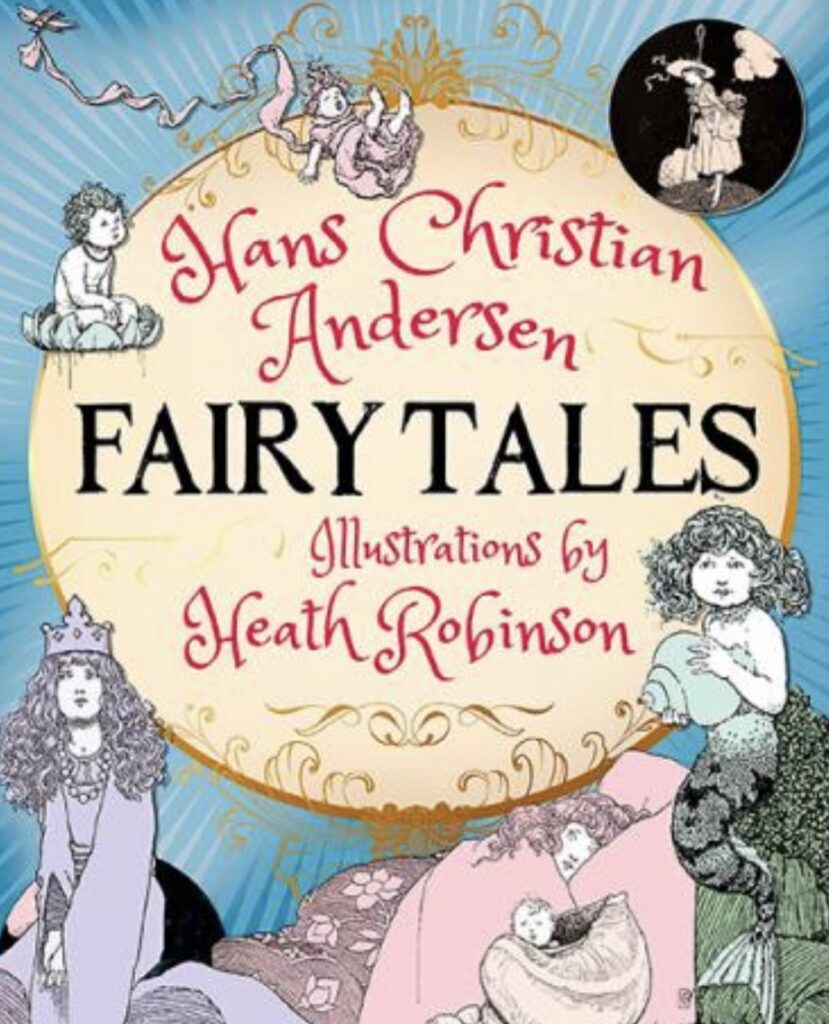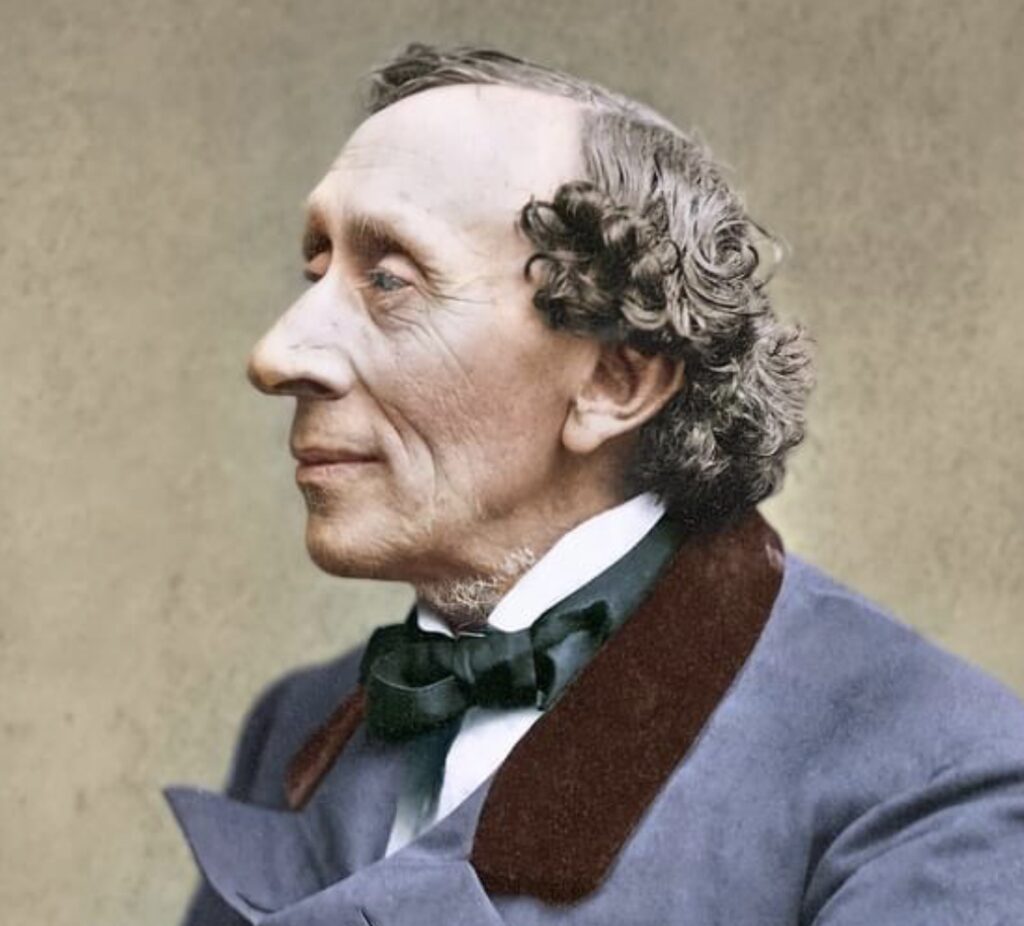H C Andersen: A Legend
Born 217 Years ago today, 2nd April 1805, Hans Christian Andersen is best remembered for his fairy tales.

They consist of 156 stories across nine volumes and translated into more than 125 languages, have become culturally embedded in the West’s collective consciousness, readily accessible to children, but presenting lessons of virtue and resilience in the face of adversity for mature readers as well. His most famous fairy tales include “The Emperor’s New Clothes,” “The Little Mermaid,” “The Nightingale,” “The Steadfast Tin Soldier”, “The Red Shoes”, “The Princess and the Pea,” “The Snow Queen,” “The Ugly Duckling,” “The Little Match Girl,” and “Thumbelina.” His stories have inspired ballets, plays, and animated and live-action films.
Andersen’s father, who had received an elementary school education, introduced his son to literature, reading to him the Arabian Nights. Andersen’s mother, Anne Marie Andersdatter, was an illiterate washerwoman. Following her husband’s death in 1816, she remarried in 1818. Andersen was sent to a local school for poor children where he received a basic education and had to support himself, working as an apprentice to a weaver and, later, to a tailor. At fourteen, he moved to Copenhagen to seek employment as an actor. Having an excellent soprano voice, he was accepted into the Royal Danish Theatre, but his voice soon changed. A colleague at the theatre told him that he considered Andersen a poet. Taking the suggestion seriously, Andersen began to focus on writing.
Fairy Tales Told for Children is a collection of nine fairy tales by Hans Christian Andersen. The tales were published in a series of three installments between May 1835 and April 1837, and represent Andersen’s first venture into the fairy tale genre.
1st Installment: published 8 May 1835 and contained “The Tinderbox”, “Little Claus and Big Claus”, “The Princess and the Pea” and “Little Ida’s Flowers”.
2nd Installment: published on 16 December 1835 and contained “Thumbelina”, “The Naughty Boy” and “The Traveling Companion”.
3rd Installment: published on 7 April 1837 and contained “The Little Mermaid” and “The Emperor’s New Clothes”
The works of Hans Andersen became known throughout the world. Rising from a poor social class, the works made him into an acclaimed author. Royal families of the world were patrons of the writings including the monarchy of Denmark, the House of Schleswig-Holstein-Sonderburg-Glücksburg. An unexpected invitation from King Christian IX to the royal palace would not only entrench the Andersen folklore in Danish royalty but would inexplicably be transmitted to the Romanov Dynasty in Russia.

In June 1847, Andersen paid his first visit to England and he enjoyed a triumphal social success during this summer. The Countess of Blessington invited him to her parties where intellectual people would meet, and it was at one of such parties where he met Charles Dickens for the first time. They shook hands and walked to the veranda, which Andersen wrote about in his diary: “We were on the veranda, and I was so happy to see and speak to England’s now-living writer whom I do love the most.”
Anderson died on 4 August 1875, in a house called Rolighed (literally: calmness), near Copenhagen, the home of his close friends, the banker Moritz Melchior and his wife. Shortly before his death, Andersen had consulted a composer about the music for his funeral, saying: “Most of the people who will walk after me will be children, so make the beat keep time with little steps.”
This is my colourised version of a photograph taken by Thora Hallager in 1869, but I have posted the untouched original portrait within the comments.
You must be logged in to post a comment.